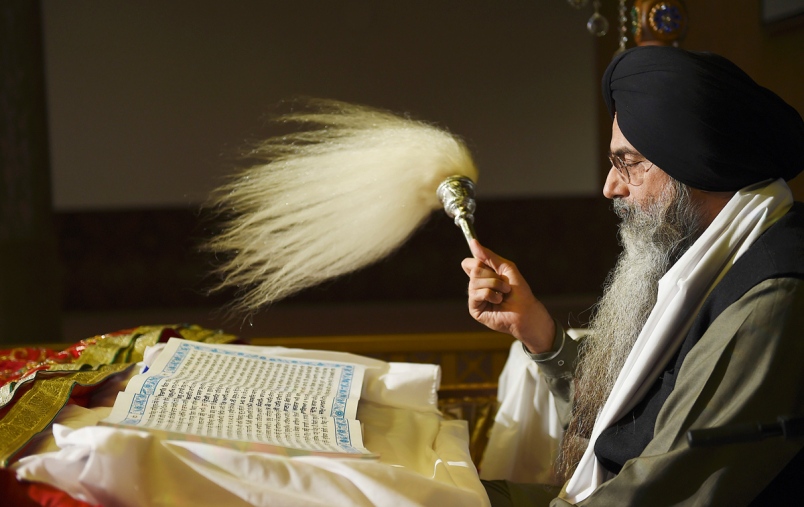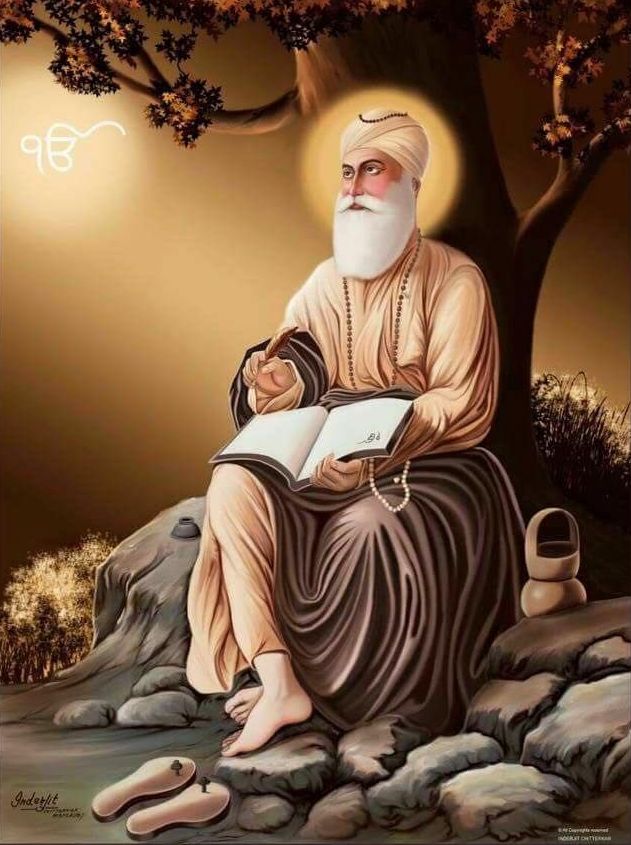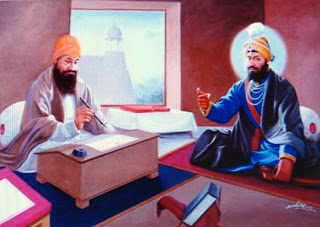The sikh Holy scripture
Shri Guru Granth Sahib Ji
Guru Granth Sahib is a scripture of the Sikhs, for the Sikhs regard and respect the Granth (holy book) as their living Guru. The revealed holy text spans 1430 pages and contains the actual words spoken by the founders of the Sikh religion (the Ten Gurus of Sikhism).
the composition and compilation
Guru Granth Sahib was bestowed the Guruship by the last of the human form Sikh Masters, Guru Gobind Singh Ji in 1708. Before passing away, Guru Gobind Singh Ji decreed that the Sikhs were to regard the Granth Sahib as their next and everlasting Guru. Guru Ji said – “Sab Sikhan ko
Unique amongst the world’s major religious scriptures, while compiling the Guru Granth Sahib, the Sikh Gurus incorporated not only their own writings, but also included the writings of other contemporary saints from Hinduism and Islam (including saints belonging to the lowest strata of untouchables in the Hindu Caste System), who believed in the unity of God and denounced superstition and caste.
Further, the composition and compilation of the Guru Granth Sahib
When one visits a Gurdwara (a Sikh temple), the Guru Granth Sahib forms the main part of the Darbar Sahib or Main Hall. The holy book is placed on a dominant platform and covered in a very beautiful and attractively coloured fine cloth. The platform is always covered by a canopy, which is also decorated in expensive and very attractive coloured materials. The text in which the Granth is written is a script called Gurmukhi (literally “From the Guru’s mouth”), which is considered a modern development of the ancient language called Sanskrit.
History & Composition of Guru Granth Sahib
Guru Nanak brought the Word of God to manifest upon Earth. Through his Hymns and Prayers (Shabads), he inspired and uplifted humankind to live a life of truth, righteousness, and spirituality. These enlightening words were sung by his companions, Bala and Mardana, and by the
Guru Angad, Guru Amar Das
Standardisation of Shabads
Even early in Sikh history, however, there were
Guru Arjun realized that a standardized, authenticated collection of the Guru’s Bani (called Gurbani) was needed to preserve the integrity of the Shabad. The most complete collection of Shabads of Guru Nanak, Guru Angad
Guru Gobind Singh recreates holy Granth
Guru Gobind Singh proceeded to dictate it to Bhai Mani Singh, who recorded it on paper. While some have questioned the authenticity of this story, it is well for us to remember that, of course, Guru Gobind Singh was no ordinary person at all. And, in the old days of bards and story-tellers, it was not unusual for them to recite from memory entire epic poems. Hajis, for
Guru Gobind Singh included the Shabads of his father, Guru Teg Bahadur, but he did not include his own Shabads; instead, he placed them in a separate Granth, the Dasam Granth. The Dasam Granth is not revered as Guru, however. The great task of re-writing the entire Guru was finally completed in 1705. The “Damdama Sahib Bir” as it is now called was then taken to Nanded where it was installed.
The message of Guru Granth Sahib
The Guru Granth Sahib provides unique and
- All Peoples of the World are Equal
- Women as Equals
- One God for All
- Speak and Live Truthfully
- Control the Five Vices
- Live in God’s Hukam
- Practise Humility, Kindness, Compassion, Love, etc
Visit Us
Steenweg 418
3570 Alken
Belgium
Contact us
011.92.04.35
info@gurudwarasinghsabha.be
Open Hours
Every day from
6 am to 8 pm



